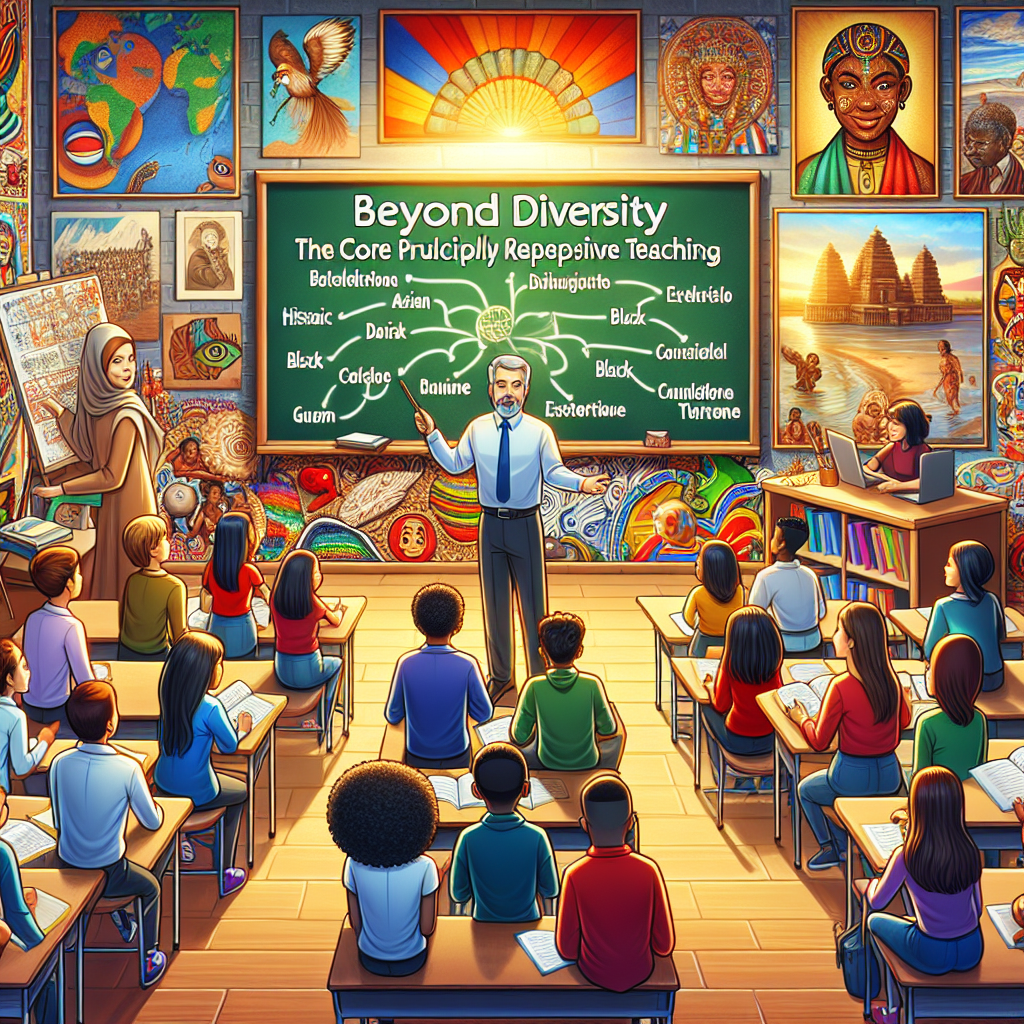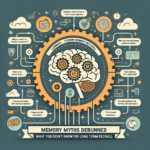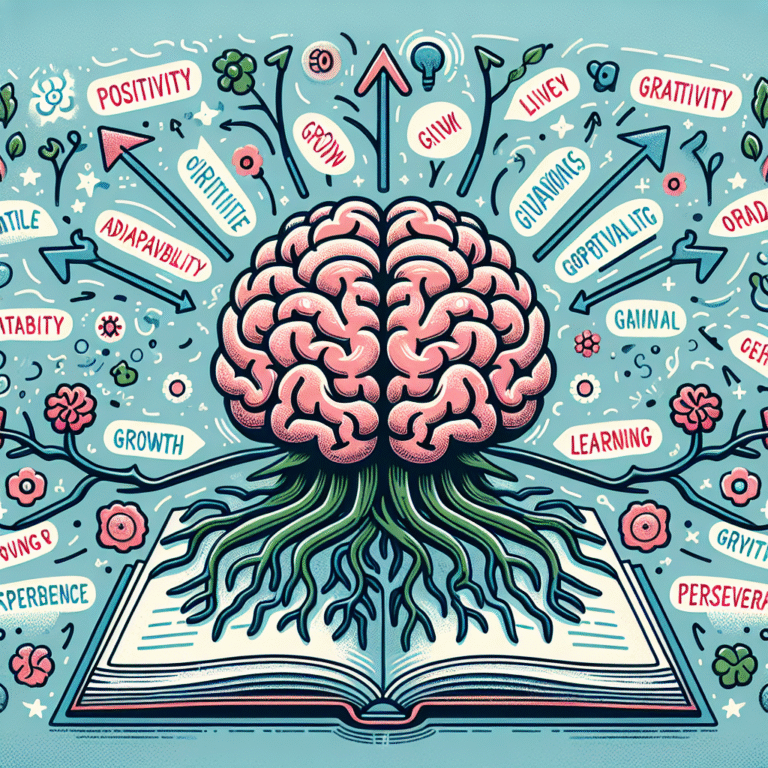
Introduction
In an increasingly multicultural society, the traditional educational approach often leaves cultural diversity on the periphery. Enter the transformative force of culturally responsive teaching (CRT), shifting perspectives from mere diversity to genuine engagement with varied cultures within the classroom. Beyond Diversity: The Core Principles of Culturally Responsive Teaching underlines that teaching is not just about delivering content; it’s about delivering it in a way that respects, recognizes, and celebrates diverse cultural backgrounds. This article explores these core principles, illustrating how they create an inclusive and effective learning environment that benefits all students, regardless of their cultural heritage.
The Transformation of Education
The educational landscape has evolved dramatically over the past few decades. The rising number of multicultural classrooms underscores the vital need for educators to embrace diversity—not just within their curricula, but also in teaching methods and classroom environments. Beyond Diversity: The Core Principles of Culturally Responsive Teaching provide a framework for educators to connect more deeply with their students, optimizing learning experiences by integrating cultural perspectives.
Understanding Culturally Responsive Teaching
What is Culturally Responsive Teaching?
At its heart, culturally responsive teaching acknowledges the importance of including students’ cultural references in all aspects of learning. According to Gloria Ladson-Billings, a pivotal figure in this movement, CRT is about the congruence between students’ cultural backgrounds and educational practices. It promotes engagement, reinforces self-esteem, and elevates academic achievement by validating students’ cultural identities.
Why is it Important?
The relevance of CRT cannot be overstated; it fosters inclusive classrooms where students feel valued and respected. When students see their cultures represented in the learning material, it cultivates a sense of belonging and enhances their motivation. The principles of CRT extend beyond diversity, creating an educational system that is equitable, accessible, and effective for all.
Core Principles of Culturally Responsive Teaching
Principle 1: Building Cultural Competence
Case Study: The Bilingual Classroom
A bilingual classroom in California successfully incorporated Spanish-language literature alongside English texts. Educators trained in cultural competence fostered a rich narrative tapestry that connected students’ lived experiences to academic content. This practice not only improved literacy rates but also boosted students’ confidence.
| Outcome | Traditional Approach | Bilingual Approach |
|---|---|---|
| Student Engagement | Low | High |
| Literacy Rate (% Increase) | 10% | 30% |
| Cultural Relevance | Minimal | Significant |
This case exemplifies the necessity of building cultural competence among teachers and students alike, demonstrating that when beyond diversity is prioritized, educational outcomes flourish.
Principle 2: Real-World Relevance
Case Study: Community Engagement Projects
At an urban high school, educators designed community engagement projects that encouraged students to explore local cultural institutions. Students researched their neighborhoods, interviewed community leaders, and presented findings to peers. The culturally responsive project sparked curiosity and motivated students, leading them to see the relevance of education in their everyday lives.
Analysis
Real-world relevance reinforces students’ connections to their studies, bridging the gap between classroom theory and practical application. Projects like these validate students’ experiences, proving that education should not exist in a vacuum.
Principle 3: High Expectations for All Students
Case Study: An Inclusive AP Program
In a diverse suburban school, an Advanced Placement (AP) program was restructured to actively recruit underrepresented students. Teachers focused on culturally responsive pedagogies to ensure high expectations were upheld. As a result, participation rates tripled among minority students, revealing that high expectations in a supportive, culturally relevant environment lead to success.
| Participation Rates (% Change) | Prior Focus | Culturally Responsive Focus |
|---|---|---|
| African American | 20% | 60% |
| Hispanic | 15% | 50% |
Setting high expectations must go hand-in-hand with culturally responsive teaching, ensuring that every student is challenged while feeling capable of achieving.
Principle 4: Student-Centered Learning
Case Study: Choice-Based Arts Curriculum
A school district revamped its arts curriculum to incorporate student choice. By allowing students to select projects linked to their cultural interests, overall engagement increased. Students created films reflecting their personal stories and shared these narratives in a film festival showcasing diverse voices and perspectives.
Analysis
A student-centered approach epitomizes the shift required in today’s classrooms. When students choose what they’re learning about, they’re more invested in their education.
Principle 5: Community and Family Engagement
Case Study: Parent-Teacher Partnerships
In Indiana, a school initiated parent-teacher partnerships, hosting regular workshops that educated families on the curriculum while inviting them to share their cultural traditions. Feedback from diverse families informed teaching strategies and curricula, resulting in a cohesive community driving student success.
Analysis
Family and community engagement is vital in beyond diversity initiatives. When schools involve families, they gather insight and support that enhances the educational framework.
Creating a Culturally Responsive Classroom
Curriculum Diversification
To successfully implement the principles of CRT, educators should diversify their curricula. This includes integrating literature, history, and art from a variety of perspectives, ensuring that all students can see themselves reflected in what they learn.
Continuous Professional Development
Ongoing training in culturally responsive pedagogy for teachers is crucial. Educators should attend workshops, engage in conversations about cultural competency, and share their experiences with colleagues to grow collectively.
Building Relationships
Authentic relationships among students and educators lay the foundation for a successful culturally responsive classroom. Start with open dialogues, encouraging students to share their backgrounds and experiences, fostering mutual respect and understanding.
Conclusion: The Journey Ahead
Moving beyond diversity towards culturally responsive teaching is not merely about checking boxes; it’s a transformative approach that influences the education landscape. Fostering a culturally responsive environment not only uplifts students but enriches educators, creating a symbiotic environment where all thrive.
As we look forward, the challenge lies in assessing and adapting teaching practices continually. By committing to the core principles of culturally responsive teaching, educators can embolden students, harnessing their diverse backgrounds to create powerful learning experiences that resonate well beyond the classroom.
FAQs
1. What is the main goal of culturally responsive teaching?
Culturally responsive teaching aims to integrate the cultural backgrounds of students into the curriculum to create an inclusive and effective learning environment.
2. How can I implement culturally responsive strategies in my classroom?
You can diversify your curriculum, encourage student-centered learning, and engage with families and communities to make education more relevant to all students.
3. Why is community engagement important in culturally responsive teaching?
Community engagement strengthens the partnership between schools and families, ensuring a support system that contributes positively to student achievement.
4. How can high expectations impact student success?
When educators maintain high expectations, it motivates students to achieve and reinforces their belief in their abilities, particularly in an environment that respects their cultural identity.
5. Are there resources available for educators seeking to learn more about culturally responsive teaching?
Yes, numerous online platforms and educational organizations offer workshops, webinars, and literature focused solely on culturally responsive teaching strategies and practices.
By embracing Beyond Diversity: The Core Principles of Culturally Responsive Teaching, we can promote an educational revolution that champions equity, representation, and profound learning experiences for every student.

















